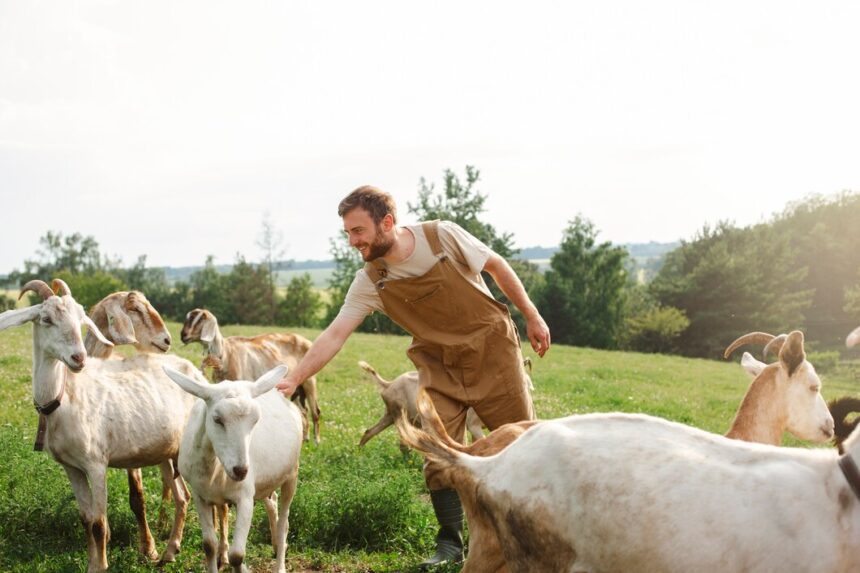Integrating crop and livestock farming offers numerous benefits, including improved soil fertility, increased farm productivity, and diversified income streams. In South Africa, where agriculture plays a significant role in the economy, combining crops and livestock can be particularly advantageous. Here are ten ways to integrate crop and livestock farming in South Africa:
1. Rotational Grazing
Implementing rotational grazing allows livestock to graze on pastureland while crops are grown in other areas. Rotational grazing not only maximizes land use but also promotes soil health by allowing for rest periods that facilitate natural regeneration.
2. Cover Cropping
After harvesting crops, plant cover crops such as legumes or grasses to protect the soil from erosion and improve fertility. Livestock can graze on these cover crops during fallow periods, providing additional forage while contributing to soil health through natural fertilization.
3. Manure Management
Livestock manure is a valuable source of nutrients for crops. Implement a system to collect and compost manure, then apply it to cropland as organic fertilizer. This closed-loop system reduces the need for synthetic fertilizers while improving soil structure and fertility.
4. Agroforestry
Integrate trees and shrubs into agricultural landscapes to provide shade, windbreaks, and additional forage for livestock. Agroforestry systems such as silvopasture combine trees, forage, and livestock in a mutually beneficial arrangement that enhances biodiversity and productivity.
5. Intercropping
Planting different crops together in the same field can increase yield and diversity while reducing pest and disease pressure. Consider intercropping legumes with cereals or planting nitrogen-fixing crops alongside cash crops to improve soil fertility and support livestock feed needs.
6. Integrated Pest Management (IPM)
Utilize IPM strategies to manage pests and diseases in both crops and livestock. Implement biological controls, crop rotations, and habitat management practices to minimize reliance on chemical pesticides and antibiotics, reducing environmental impacts and promoting ecosystem resilience.
7. Forage Production
Dedicate a portion of cropland to forage production, growing grasses and legumes for hay or silage. Livestock can graze on these forages during the growing season or consume stored feed during periods of scarcity, providing a reliable source of nutrition year-round.
8. Livestock Integration in Cropland
Introduce livestock into cropland during fallow periods to graze cover crops or crop residues. Managed grazing can help control weeds, reduce soil compaction, and recycle nutrients, enhancing soil health and reducing the need for mechanical tillage.
9. Crop Residue Management
After harvest, leave crop residues in the field to provide ground cover and organic matter. Livestock can graze on crop residues, converting them into valuable nutrients while reducing the risk of soil erosion and runoff. This practice also improves soil moisture retention and microbial activity.
10. Integrated Nutrient Cycling
Establish a closed-loop nutrient cycling system by integrating crop and livestock enterprises. Feed crops with manure from livestock, then use crop residues and cover crops to feed livestock. This cyclical approach minimizes nutrient losses, enhances nutrient cycling, and reduces dependence on external inputs.
Integrating crop and livestock farming in South Africa offers numerous opportunities to improve sustainability, productivity, and resilience in agriculture. By adopting practices such as rotational grazing, cover cropping, agroforestry, and integrated pest management, farmers can optimize resource use, enhance soil health, and diversify income streams. Embracing a holistic approach to farming that integrates crops and livestock can contribute to the long-term viability and prosperity of agricultural systems in South Africa.
Join 'Farmers Mag' WhatsApp Channel
Get the latest Farming news and tips delivered straight to your WhatsApp
CLICK HERE TO JOIN






